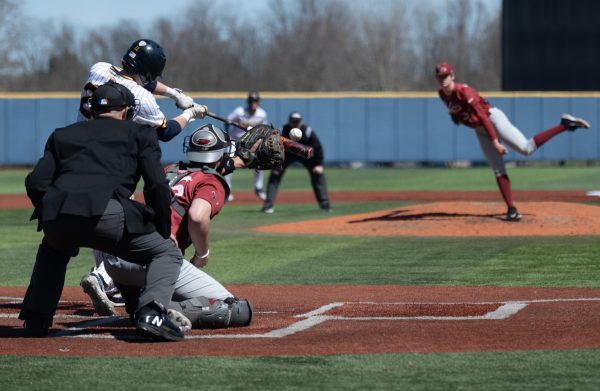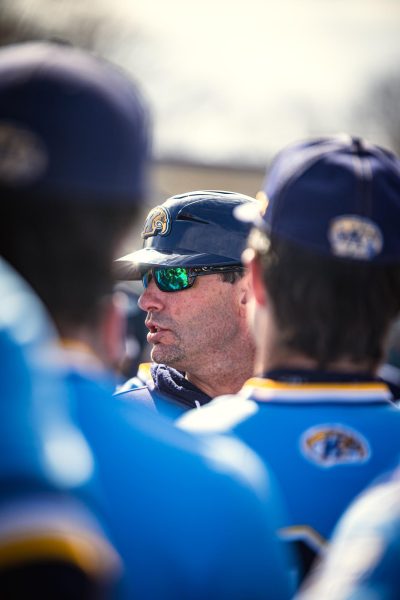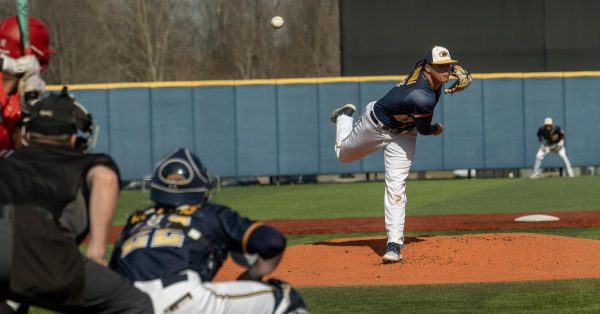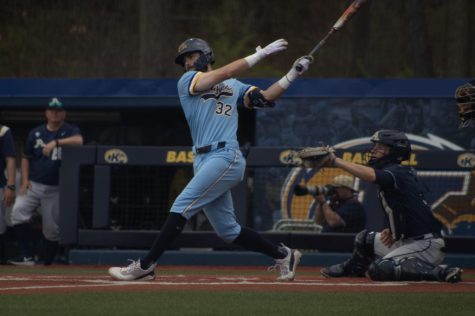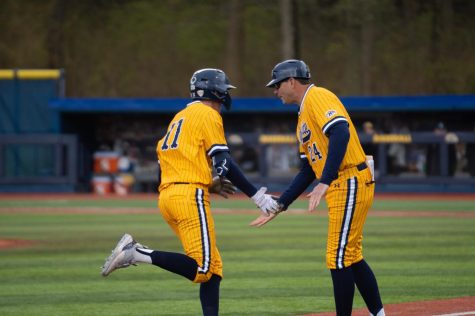Opinion: Six moves that reshaped Cleveland baseball in 2013
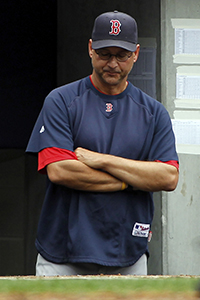
Boston Red Sox manager Terry Francona tries to watch the game with the New York Yankees batting in the fifth inning at Yankee Stadium in the Bronx. New York, Sunday, September 25, 2011. The Yankees defeated the Red Sox, 6-2, in the first game of a doubleheader. Photo courtesy of MCT Campus.
January 28, 2013
The Cleveland Indians finished with the second-worst record in the American League last year, leading to the firing of manager Manny Acta and a general sense of indifference from fans heading into the offseason. The team was bad, and more importantly, it was hard to see things getting better any time soon.
Yet, almost four months later, there is optimism in Cleveland for the 2013 season. This offseason, general manager Chris Antonetti made six key moves that reshaped the team and fired up the fanbase.
#6: The Mike Aviles Trade
Antonetti made a shrewd pickup last June when he picked up reliever Esmil Rogers for basically nothing, but Antonetti made an even shrewder trade this offseason when he flipped Rogers to Toronto for catcher Yan Gomes and infielder Mike Aviles. Aviles is a league-average player who can play second base, shortstop and third base.
That flexibility should allow Aviles, who turns 32 in March, to play in plenty of games despite not being a starter. He gives Cleveland its first effective backup infielder since 2009, an underrated issue that has plagued the team in recent seasons.
#5: The Brett Myers Signing
The word to describe Cleveland’s 2012 starting rotation is inconsistent. Cleveland pitchers rarely pitched deep into games and allowed the most runs in the American League. To help fix the starting pitching, Antonetti signed Brett Myers to a one-year, $7 million deal.
Myers is not a big name, but he should stabilize one rotation spot in 2013. The 32-year-old is not overpowering, but in his last three years as a starting pitcher, he averaged 210.0 innings with a 4.02 ERA. He is not flashy, but Myers should go out every fifth day and eat innings.
#4: The Mark Reynolds Signing
First base has been a black hole for Cleveland since Jim Thome left after 2002, with players like Matt LaPorta and Casey Kotchman failing to various degrees. This offseason, Antonetti took another stab at fixing first base, signing Mark Reynolds to a one-year, $6 million contract.
Reynolds strikes out almost one out of every three plate appearances, but his power potential could be worth it. Carlos Santana led Cleveland with only 18 home runs in 2012, but Reynolds averages 30 home runs per season. Like Myers, Reynolds is not perfect, but he is an upgrade from 2012.
#3: The Nick Swisher Signing
The most common complaint of the front office in recent years is the lack of free agent spending. That changed this year when outfielder Nick Swisher signed a four-year, $56 million deal. Swisher is not a superstar, but he is an above-average player and has never hit fewer than 21 home runs in a season.
The 32-year-old Swisher might not age well, so the last year or two of his team-record contract could look ugly. There is no denying, however, that the Ohio State alum will improve the team tremendously in 2013.
#2: The Trevor Bauer Trade
Shin-Soo Choo was one of Cleveland’s best players last season, with 16 home runs, 21 steals, and a .814 OPS. He was also likely to leave Cleveland after 2013, so Antonetti pulled off a trade that will help the team for years to come.
In exchange for Choo, Antonetti received two relievers, Matt Albers and Bryan Shaw, a decent outfielder in Drew Stubbs, and starting pitcher Trevor Bauer. Bauer, a top-10 prospect last year, could lead Cleveland’s rotation for years to come, and getting him for one year of Choo was an absolute coup.
#1: Bringing In Terry Francona
The changes in players are likely to make Cleveland much stronger in 2013, but the biggest move of the offseason was hiring two-time World Series champion Terry Francona as manager. While managers have a limited impact on what happens once the game starts — the players, after all, play the game — Francona completely overhauled the philosophy of the organization.
Francona breathed new life into the team, encouraging the front office to be more aggressive. This creates more risk, but clearly the organization became far too passive in recent years (see Damon, Johnny). The team is the strongest it has been in quite a while and it all goes back to Francona.
Contact Jim Piascik at [email protected].













